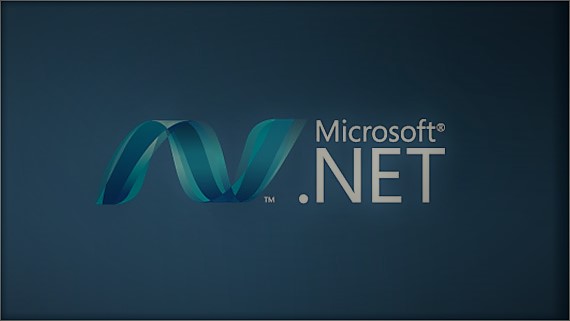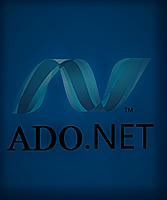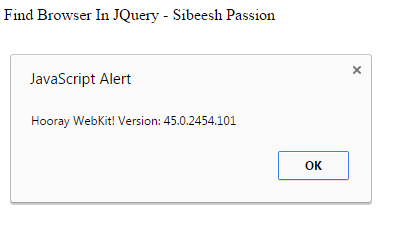Interview Questions For Experienced and Beginner .NET Professionals

[toc]
Introduction
Hi, I hope you are all fine. If you are a .Net professional and if you are looking for a change in job (especially in Infosys, IBM, DELL, Aversan) you may want to read: Interview Questions For 3 Year .NET Professionals.
I have described my interview experience there. Now I will share some other important series of questions that will definitely ask in any .Net interview. What employers currently look for in a candidate is logical understanding with basic knowledge. So understanding the basics is very important, even if you are an experienced candidate.
So let us start. I hope you will like this article. Please provide your valuable comments so that I can improve myself.
First of all you must be ready to introduce yourself. Please don’t use so many “mmmmm” and “And and and”. Be confident and don’t urge. Take your own time to describe yourself. Look straight. You can find more tips here: How to Prepare for a Job Interview.
Now we will concentrate on the technical questions.
Please note that these questions are asked in my interview experience, you may need to see more questions when you go for your interview.
1. What is the sequence of execution of the ASP.NET page life cycle?
The simple way is to remember SILVER.
S (It is not counted)
I (Init)
L (Load)
V (Validate)
E (Event)
R (Render)
Read more here.
2. What is the difference between a Hash Table and a Dictionary?
The main differences are listed below.
Dictionary:
Returns an error if the key does not exist
No boxing and unboxing
Faster than a Hash table
Hashtable:
Returns NULL even if the key does not exist
Requires boxing and unboxing
Slower than a Dictionary
3. How to use View state?
4. What are the state management techniques used in .NET?
Client-side:
- Hidden Field
- View State
- Cookies
- Control State
- Query Strings
Server-side:
Session
- In Proc mode
- State Server mode
- SQL Server mode
- Custom mode
Application.
Read here.
5. How can we create a new table in SQL with only the structure?
Here is the query to do that.
Points to be noted:
A is the source table.
B is the destination table.
The condition 1=2 is to prevent the data from being copyied.
6. How to add a button dynamically to a grid view?
7. How to find a control inside a GridView?
Here we are finding the control myButton from the 0th row first cell.
8. What are abstract and interface? Provide actual examples.
Please read here.
9. What is partial class?
There are the following situations of when splitting a class definition is desirable:
To work with large projects.
To split the class definitions as we needed with the keyword partial.
10. How to use a partial class?
11. How to remove a constraint from a table in SQL Server?
12. How to create Table Variables In T-SQL?
Normally the syntax to create a table variable is the same as to create a table statement.
13. How can you delete a duplicate record from a table in SQL?
There are so many ways to do this. Here I am sharing what I use when I get that kind of situation.
- I will create a temp table.
- Copy the distinct data from the existing table to the temp table.
- Empty the data in the existing table.
- Insert the data from the temp table to the source table.
Here is the query to do that:
14. When to use an override and new in C#?
We can use override when there is virtual/abstract/override type of method in base class. We can use New when there is no virtual/abstract/override type of method in base class.
Conclusion
Did I miss anything that you may think which is needed? Could you find this post as useful? I hope you liked this article. Please share me your valuable suggestions and feedback.
Your turn. What do you think?
A blog isn’t a blog without comments, but do try to stay on topic. If you have a question unrelated to this post, you’re better off posting it on C# Corner, Code Project, Stack Overflow, Asp.Net Forum instead of commenting here. Tweet or email me a link to your question there and I’ll definitely try to help if I can.
Kindest Regards
Sibeesh Venu






